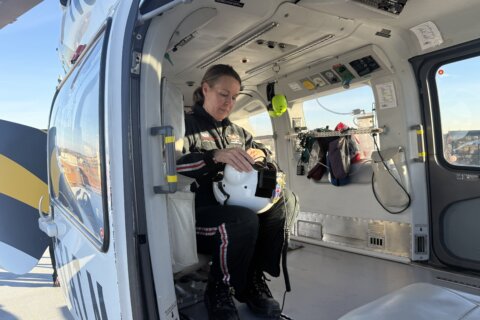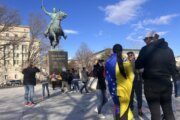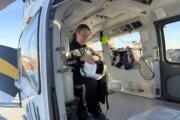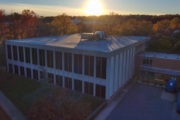When guns were drawn and furniture was moved to block an invasion of rioters from the U.S. House chamber, the danger here at the Capitol was very clear.
Across the hall from me, frightened members of Congress were on the ground in the tight aisles of the House gallery, trying to protect themselves from whatever danger might be lurking in the Capitol corridors.
My broadcast booth is located across the hall from the House chamber, and as the Capitol went into lockdown, the doors of the area where I work with other Capitol Hill reporters were locked for safety. Every door that shut loudly, along with the dull roar of people inside and outside of the Capitol, ratcheted up the tension.
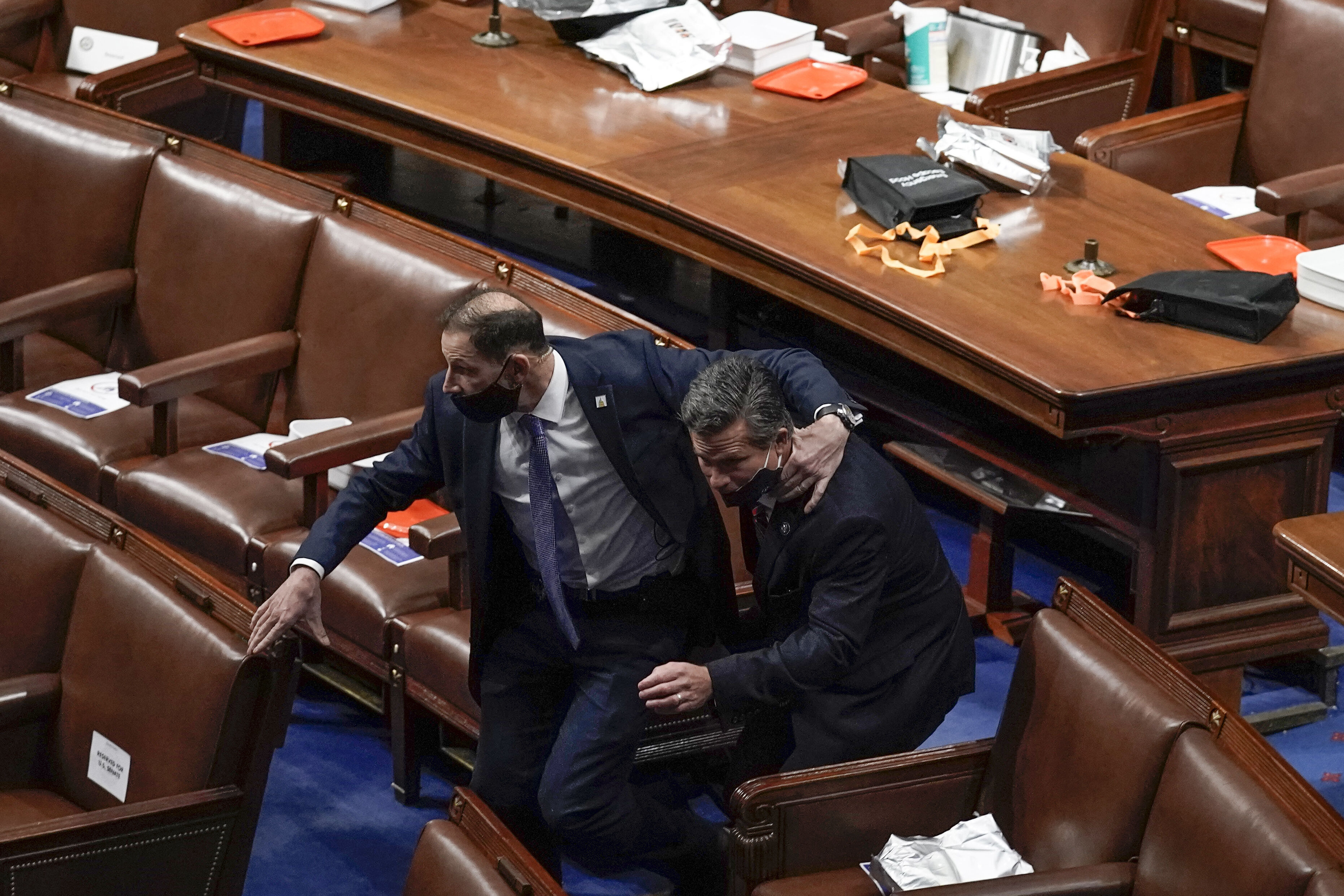
When we found out that a woman had been shot inside the Capitol, concern for everyone’s safety continued to rise. I later learned that the shooting happened just a floor below us, in an area known as the Speaker’s Lobby, which is outside the House chamber.
I was also alarmed when I saw all the protesters gathered on the steps of the east side of the Capitol. That never happens.
As I digested that troubling development, it quickly became evident that the invaders were all over the Capitol: the Rotunda, Statuary Hall and the Senate chamber, where a now infamous picture showed someone sitting in the chair that Vice President Mike Pence had been in only a short time before, presiding over the joint session for the tally of the Electoral College.
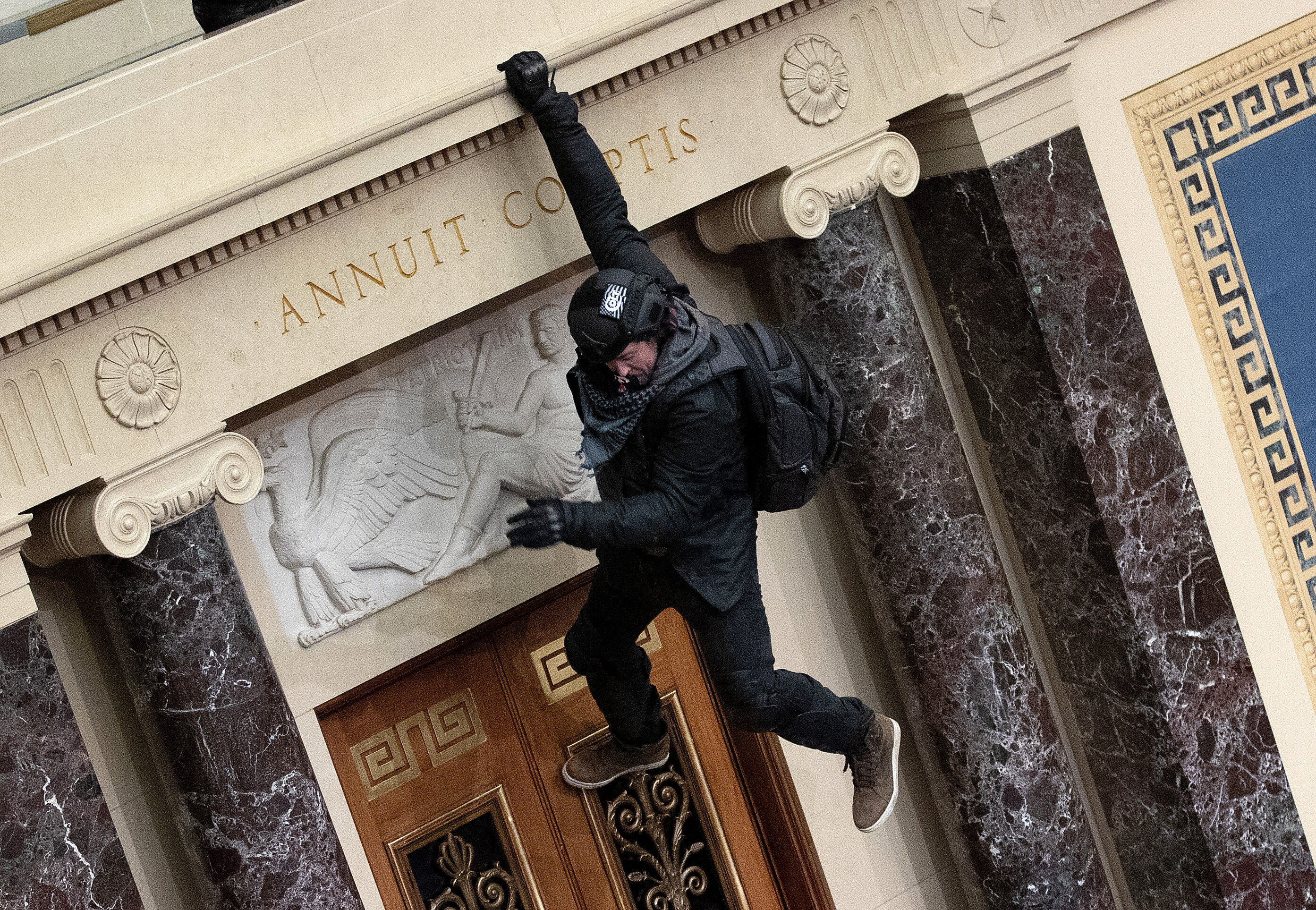
I looked out of a window that’s on the west side of the Capitol and could see — and hear — the thousands of pro-Trump supporters making their way toward the scaffolding that’s been set up for President-elect Joe Biden’s inauguration less than two weeks from now.
That scaffolding was soon overtaken as Capitol Police struggled to deal with the mob.
I continued to report on the events in real time, all the while trying to remain fully aware of my surroundings, which were troubling, to say the least.
Late Wednesday afternoon, we were told by the staff in the House Radio and TV Gallery that everyone in our area needed to evacuate. Now.
Capitol Police had decided it was unsafe for any of us to remain where we were, given the marauding mobs moving throughout the building.

We quickly gathered up our broadcasting equipment and started moving through the maze of underground tunnels that connect the Capitol to the House and Senate buildings. We were escorted to a media room in the Rayburn Office Building.
We were able to still report on what was happening as we essentially sheltered in place, as lawmakers and staff members were doing.
A personal note of thanks: The staff of the House Radio TV Gallery was extremely helpful and professional, as they always are, under trying circumstances.
Ultimately, we were able to return to the Capitol when we found out that the House and Senate had been given clearance, and that lawmakers would resume the count of Electoral College votes.
As I began reporting on that part of the historical day, I received a knock on the door of my booth.
Capitol Police needed a bomb-sniffing dog to check things out. It was another sign that security remained a concern.
The floor speeches from House and Senate members were as emotional as any I had ever seen from lawmakers, and understandably so.
I left in the very early hours of Thursday, and returned here to the Capitol in the morning.
More security is in place, and there are also plans for a major review of how security broke down in such an unprecedented way.
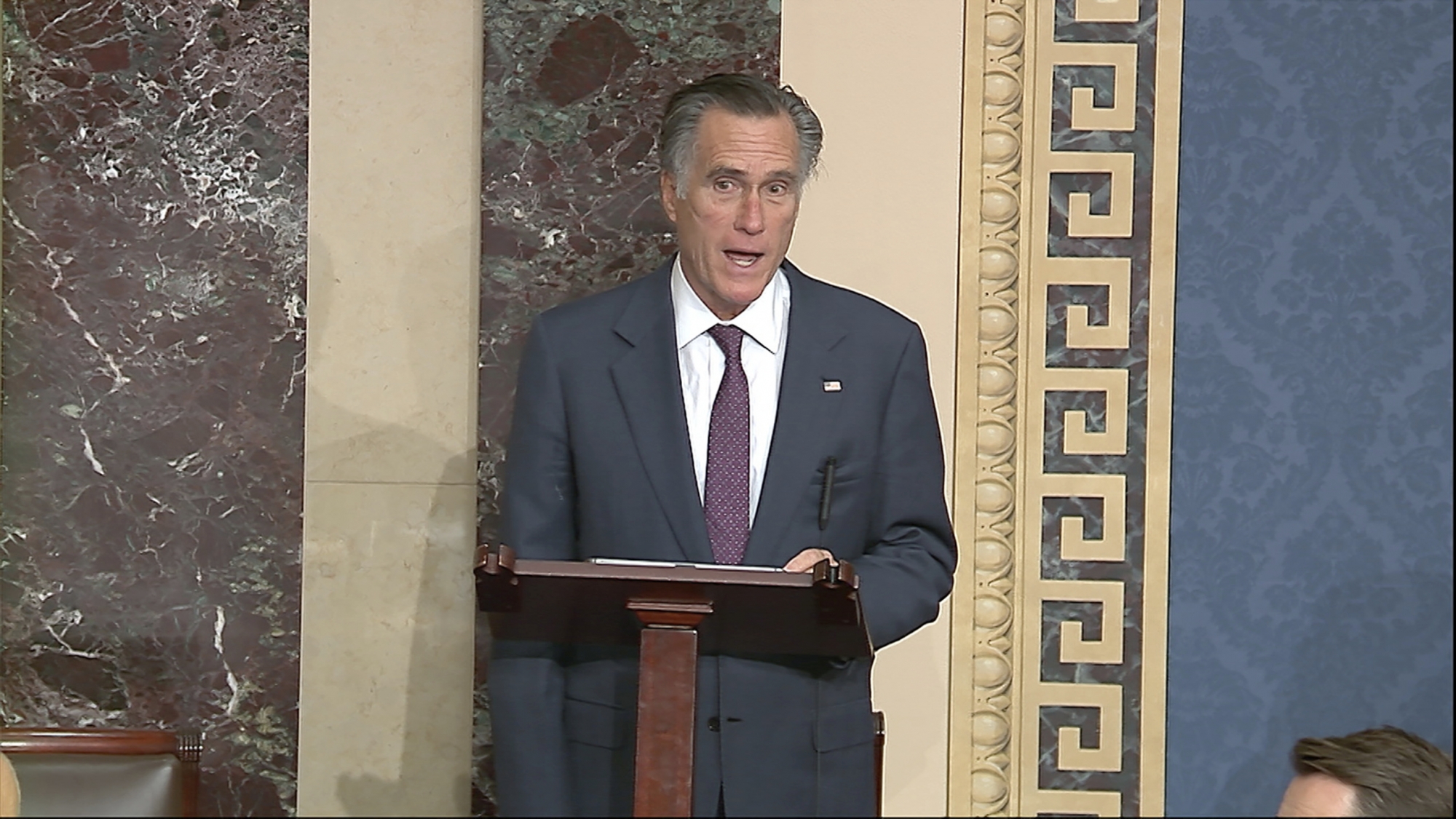
Knowing what I saw and experienced on Jan. 6, I’ll never quite look at this great building in the same way.
That was certainly the case when I walked past the Speaker’s Lobby, peering down a hallway where, just a day earlier, a violent crowd had smashed windows, and a woman was shot and killed.
Still, I’m glad to be right back at work. It’s a privilege to walk into the U.S. Capitol each day and report on history, however it may unfold.


